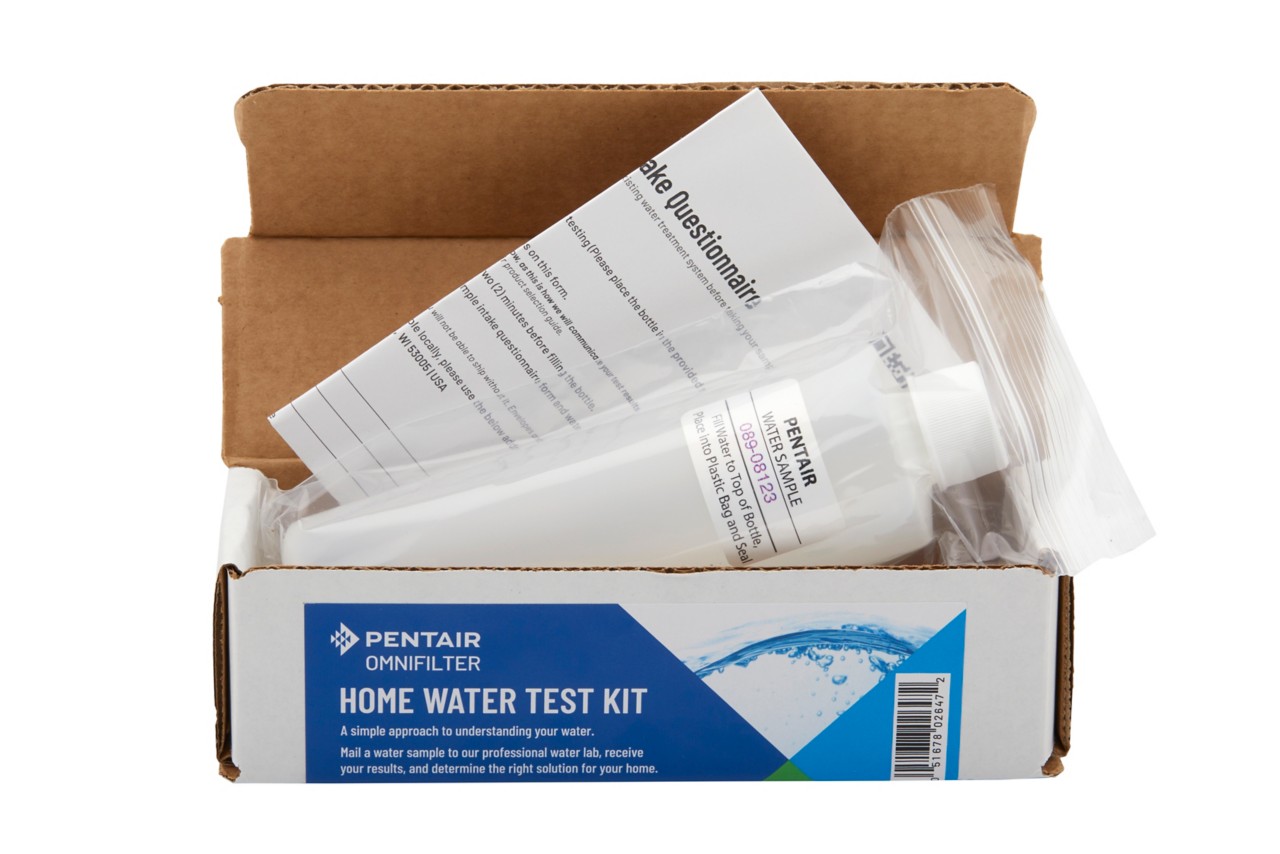No one enjoys the smell of rotten eggs. That rich, sulfuric odor is instantly identifiable. But what happens when the water at your business starts smelling less than fresh? Customers — and employees, for that matter — might flock to greener, less rancid pastures.
You might be asking yourself — why does my water smell like rotten eggs? And what can I do about it? While calling in a Pentair professional is probably the best way to eliminate bad-smelling water without disrupting your business, there's plenty you can try on your own first. Here's your ultimate guide on what to do if your water smells like sulfur.
First — What Causes Water That Smells Like Rotten Eggs?
Hydrogen sulfide gas is the primary cause of the rotten egg smell in water. It forms naturally in groundwater due to decaying organic matter and certain sulfur-reducing bacteria. Common causes include:
- Contaminated groundwater: Organic material breaking down in wells.
- Chemical reactions in water heaters: Interaction between magnesium anode rods and water.
Luckily, a rotten egg smell doesn’t mean the water is necessarily unsafe — but it can still be off-putting.
HOW TO GET RID OF WATER THAT SMELLS LIKE ROTTEN EGGS
Whether your water smells like sulfur when you first turn it on or always, there are plenty of ways to troubleshoot the odor. Use these tips to say goodbye to that rotten egg aroma.
1. Check the Cold and Hot Water
Start by identifying whether the smell is coming from the cold water, hot water, or both:
- Cold water only: Could be a variety of issues.
- Hot water only: Points to the water heater as the source.
- Both: Likely a groundwater issue.
2. Check Any Faucets Not Connected to a Water Softener
Do any of your faucets hook up to a water softener? That could also be the cause of an egg smell. Test the water softener faucets against the non-softener faucets to see if you smell a difference. If you do, you may have sulfur bacteria growing inside the softener and causing the rotten egg smell.
3. Let the Water Run for a Few Minutes
Sometimes, stagnant water in pipes can grow bacteria and
develop odors. Run the water for a few minutes to see if the water only smells like sulfur when you first turn it on. If the smell goes away, the issue might be localized to the pipes or fixtures instead of the water supply. Consider having a professional flush the plumbing system periodically to get rid of bacteria.
4. Replace the Magnesium Anode
If you’ve narrowed the issue to the water heater, the next step is to replace the magnesium anode. This is usually connected to a plug at the top of the tank. Replacing the magnesium anode with an aluminum or zinc anode rod can reduce or eliminate the smell.
5. Clean Out the Water Heater
Sediment buildup in water heaters can promote bacterial growth, which may contribute to odors. Regularly clean and flush your water heater with a chlorine bleach solution to:
- Remove sediment
- Minimize bacterial growth
- Extend the life of the heater
6. Turn Up the Water Heater
Another step you can take is to turn up the heat in your tank. Temperatures of 160 degrees Fahrenheit should kill sulfur bacteria after a few hours. Flush the tank once you’re all finished. Keep in mind that this is not a long-term solution — it's more of a one-time fix.
7. Try a Water Softener or a Chlorinator-Activated Carbon Filter
If all these steps fail to get rid of your rotten egg water, then the problem is likely with your groundwater.
A high-quality water softener or chlorinator-activated carbon filter can help reduce odors caused by hydrogen sulfide. These systems:
- Reduce levels of sulfur compounds
- Improve overall water quality
- Provide an effective, long-term solution
Explore Pentair’s range of water filter cartridges and commercial water filter systems for reliable odor-removal options.

BETTER WATER IS JUST A FILTER AWAY
Don't let water that smells wreak havoc on your business. Find the right Pentair water filtration system for your needs. When you do, you'll never have to wonder why your water smells like sulfur again.
What's in your water?
start here
Worried about your water? Take control with our at-home water test kit. We'll analyze your water and recommend the best filtration or softening solution for your specific needs.



